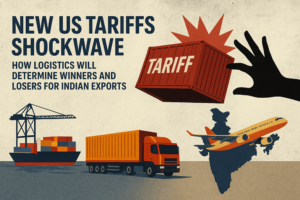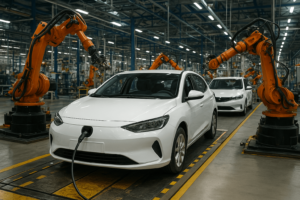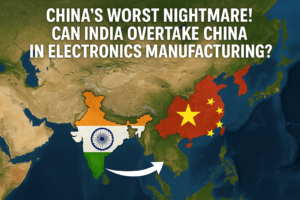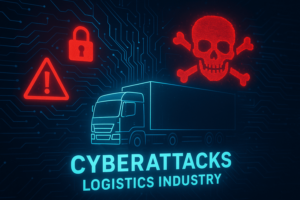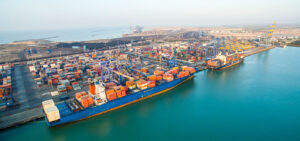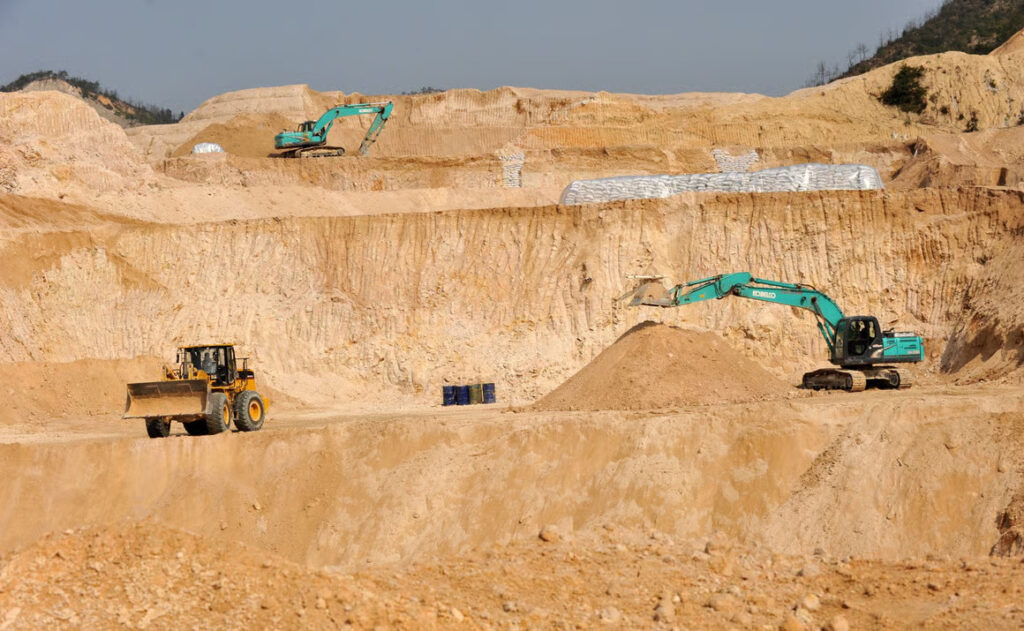
As of mid-2025, the automobile industry—especially EV manufacturers—is facing its most critical component crisis in recent memory: rare earth magnets. Over 90% of the world’s rare earth magnet processing is concentrated in China, and since April 2025, Beijing has imposed strict export controls. This has paralyzed shipments, destabilized production plans, and triggered a frantic global scramble for alternatives.
What Are Rare Earth Magnets and Why Are They Crucial?
Rare earth magnets—especially neodymium-iron-boron (NdFeB) magnets—are essential for:
- Electric vehicle (EV) motors (Permanent Magnet Synchronous Motors)
- Hybrid systems
- Electric power steering
- Brake systems and infotainment units
Without them, EVs cannot function, and even conventional ICE vehicles are severely impacted.
Despite accounting for less than 5% of a vehicle’s total cost, the magnets’ strategic importance is disproportionately high.
China’s Export Clampdown in 2025: What Changed?
In April 2025, the People’s Republic of China introduced new export licensing rules for:
- Seven key rare earth elements
- Finished rare earth magnets
The policy requires:
- Detailed end-use disclosure
- Customer declarations
- Government-level clearance
As of June 2025:
- Average export clearance delays exceed 45–60 days
- Over 30 Indian import requests remain uncleared
- Zero rare earth magnet shipments have left China for India since the new rules were implemented
Why This Is Happening: The Geopolitical Backdrop
Many experts view this clampdown as retaliation to recent US-led tariff escalations (aka Trump Taxes 2.0) and growing tech sanctions. Rare earths, long viewed as China’s “geopolitical trump card,” are now being weaponized in the ongoing trade cold war.
Meanwhile, companies like JL Mag (Jiangxi)—which supplies to Tesla, BYD, and Volkswagen—are under tight government control, with strict domestic allocation priorities.
Global Auto Industry Impact: Current Situation
⚠️ EV Production Disruption:
- 12+ global EV models scheduled for launch in H2 2025 are now delayed or under review
- German, Japanese, and US automakers are revising inventory policies
- Maruti Suzuki India has pushed back assembly plans for the eVITARA
- Inventory levels across OEMs are down to 3–5 weeks, raising alarms
💸 Soaring Prices & Emergency Procurement:
- Some OEMs are reportedly paying up to 3x the market rate
- Secondary markets are seeing black-market behavior in magnet supply
- India, EU, and Japan have collectively called for a WTO-level intervention
What Automakers Are Doing to Survive
Automakers and Tier-1 suppliers are rushing to implement strategic mitigation measures:
1. Diversifying Supply Chains
- Vietnam and Australia have emerged as alternative magnet processors
- Lynas Rare Earths (Australia) and MP Materials (USA) have accelerated output
- Japan is expanding its rare earth alliance with ASEAN countries
2. Material Substitution & Motor Innovation
- Switched reluctance motors (SRMs) and induction motors are being explored as alternatives
- Companies like Rivian and Hyundai are investing in magnet-free motor tech
3. Strategic Stockpiling
- Automakers are building buffer stocks of up to 3 months in high-priority plants
- India’s Ministry of Commerce has urged manufacturers to declare critical imports
4. Vertical Integration & Government Intervention
- Tata Motors and Mahindra Electric are in talks with rare earth miners in Australia and Africa
- The Indian government’s Critical Minerals Strategy 2025 includes a dedicated focus on domestic magnet manufacturing through PPP (Public-Private Partnership) models
The Bigger Picture: Lessons from Yet Another China-Centric Crisis
This crisis follows earlier semiconductor shortages and COVID-era supply chain disruptions, underscoring one truth: concentrated supply chains are risky.
India imports over 80% of its rare earth magnets from China, and the lack of domestic refining and processing capacity has left its EV mission vulnerable.
If the current export restrictions continue into Q3 2025:
- Expect vehicle prices to increase
- Production volumes to fall
- EV adoption timelines to shift
What Needs to Happen Now
✅ For Automakers:
- Accelerate material innovation and dual sourcing
- Build strategic alliances with non-Chinese magnet producers
- Invest in in-house R&D for rare-earth-free motor tech
✅ For Governments:
- Enable fast-track import clearances
- Offer incentives for local rare earth refining
- Engage in bilateral agreements with magnet-rich nations (Australia, Vietnam, US)
✅ For the Global Auto Ecosystem:
- Collaborate across borders to build rare earth consortiums
- Create transparent, diversified, and sustainable magnet supply chains
China’s rare earth magnet restrictions have triggered a full-blown automotive supply chain crisis. As the EV industry tries to ramp up production for a cleaner future, it’s being reminded of the strategic fragility of its components.
While the road ahead is challenging, this is also a chance for the world to rethink and build resilient, multi-polar supply chains.



